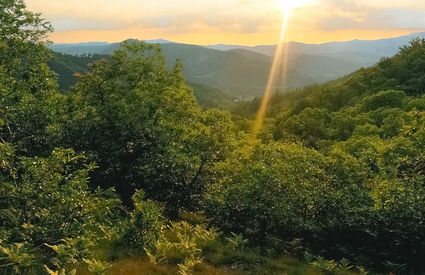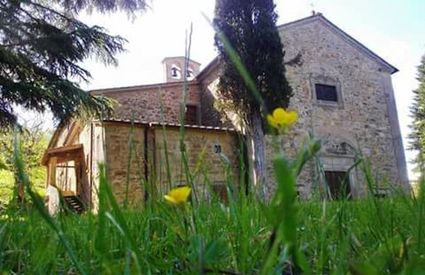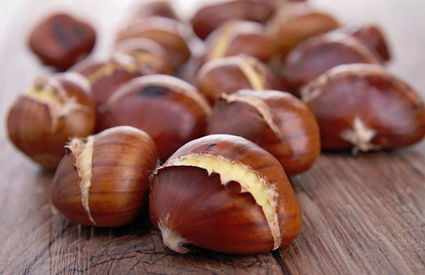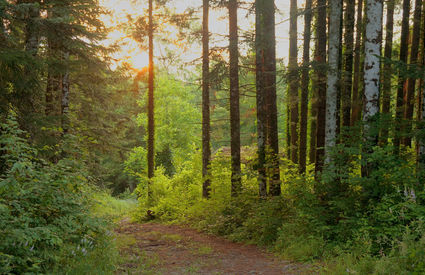Caprese Michelangelo
A forest that enchants with apparitions and chestnuts
Two grandparents and a granddaughter who never tires of fairy tales, this time rapt by the Madonna della Selva and a sea of chestnuts
A forest that enchants with apparitions and chestnuts
Two grandparents and a granddaughter who never tires of fairy tales, this time rapt by the Madonna della Selva and a sea of chestnuts
The Madonna della Selva
The sun began to dip below the horizon, offering a sunset that gave the autumn colours a warm glow. The fire continued to capture the attention of the woman and her granddaughter. The grandmother adjusted a log in the fireplace, beginning to think about dinner. But the little girl insisted: “Don’t you have other stories to tell me?”
“Michelangelo and Totila weren’t enough, eh?” The grandmother smiled as she touched the girl’s cheek. “Ok, I’ll tell you another. Do you know where the Madonna della Selva is?”
“No.”
Near Sanprocino, in the middle of a chestnut forest…”
“Why is it there?”
“Because it’s there, in a chapel in the woods, that the Madonna appears.”
“Why?”
“There, many centuries ago, was a monastery. The woods were given to the monks by a nobleman, but the area didn’t suit them, they weren’t hermits, so they went to Sansepolcro. The buildings fell into despair except for the chapel, where there was an image of the Madonna. Some thought of it as a small sanctuary where they would go every day to pray. At the beginning of the 1600s, the Valtiberina was hit by the plague. Caprese sent guards to the border with Anghiari to ensure that no one would bring the sickness with them… It was cold in the forest and the guards went into the chapel. To stay warm, they lit a fire, right under the Madonna. This is when the first miracle happened: the painting didn’t burn. The plague came to an end and five years later, a woman dressed in blue appeared before Giulia, a woman who went to the chapel every morning to recite the rosary: the apparition told her that she wanted a sanctuary to be made in this place.”
A “quality” fruit
The grandmother stood up to look out at the sunset.
“When Grandpa comes back, we can toast some chestnuts!”
The engine noise coming from the garage told them that the moment had arrived.
“Grandpa! What’s in your bag?”
“Chestnuts! Let’s go prepare some.”
He sat down and began to slice the fruits and put them in a perforated pan.
“We will eat them all?
The grandfather smiled. “No! We’ll bring a bit to the co-op, where they’ll be turned into flour. You know, our chestnut is quite valuable. It was given the DOP title in 2009.
“But where do you find them?”
“In the chestnut grove,” her grandmother answered as she sat down next to her husband, “which is a wooded area full of the fruit. Almost everyone in Caprese has one. Once, in every grove, there were buildings called seccatoi, which was for offering shelter and drying the chestnuts before they were turned into flour. Unfortunately, many have been destroyed over time, but some people have the right idea and you can still find one in the bush today. Do you know why the Caprese chestnut was given the title? Because it’s smaller, with more pronounced stipes, but especially because it’s the strongest and sweetest. And since you like stories so much, I’ll tell you that a giant lives in the chestnut grove in Celle, near Fragaiolo!”
“Have you seen it?”
“Of course,” her grandmother said, winking at her husband, “and so has Grandpa.”
“Were you scared?”
“No! The giant is a centuries-old chestnut tree, one of the biggest in the Apennines!”





